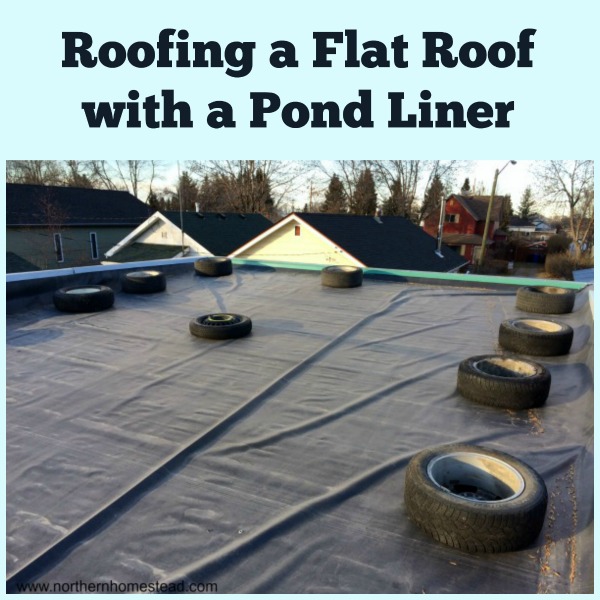
The old garage that we converted to a food production place came with a real challenge. The big building has a roof with a very low 1-12 slope. This type of roof tends to leak when covered with roof metal sheets, especially if the sheets overlap in the middle like ours did.
I tried different methods to fix the problem, but nothing really worked. The caulking did not last, even urethane roof cement did not stand up to the elements.
To cover the roof of a 30 feet long building with metal, the roofing sheets would need to be at least 30+ feet long for it to not leak. This would be expensive, and there would be no way I could do it myself. So I did research to find alternatives.
There didn’t seem to be many alternatives available, till I got the idea to use a pond liner. It does not seem that there is much of a difference between a roof liner and a pond liner anyways, except the availability and the price tag. I even was able to get the pond liner on kijiji for a very good deal.
How to lift a pond liner
The pond liner I got came in a 10 foot roll weighing about 360+ pounds. It was a challenge to get the roll on my truck with two men, let alone onto the roof. So what do you do?
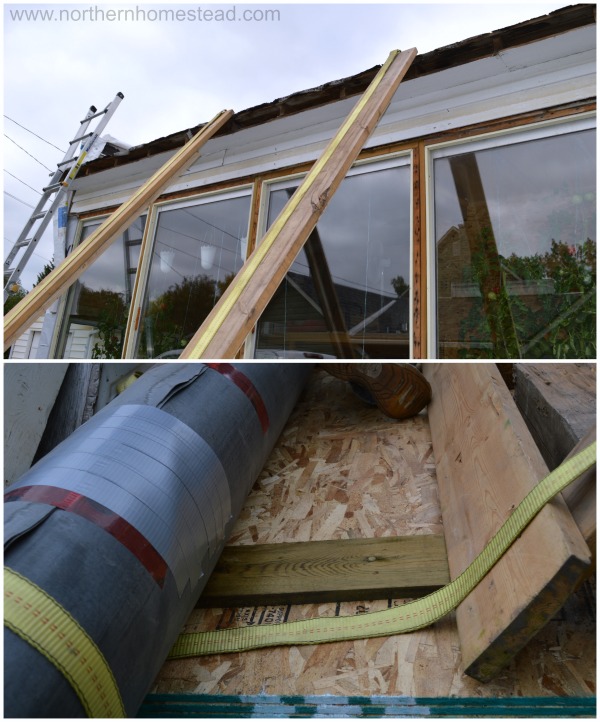
I screwed some boards to the truck and also to the edge of the roof and used an old lifting trick. This way my son and I were able to lift the heavy pond liner roll onto the roof. If you can’t see the video below, go here.
The underlayer for the pond liner
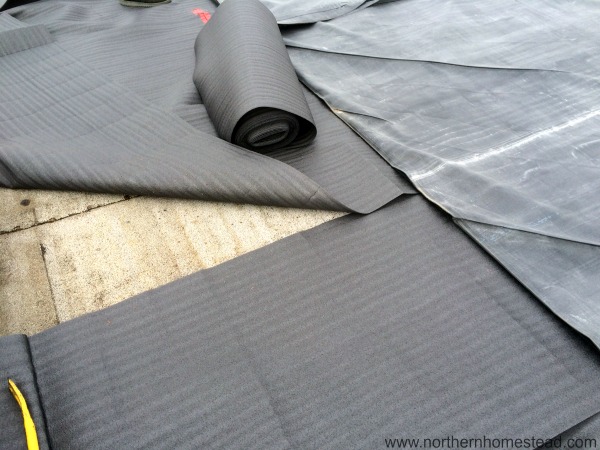
To protect the pond liner from rubbing on some surface irregularities we used a foam underlayer for floated laminate floor. It was easy to roll out and we secured it with small boards.
How to roll out the pond liner
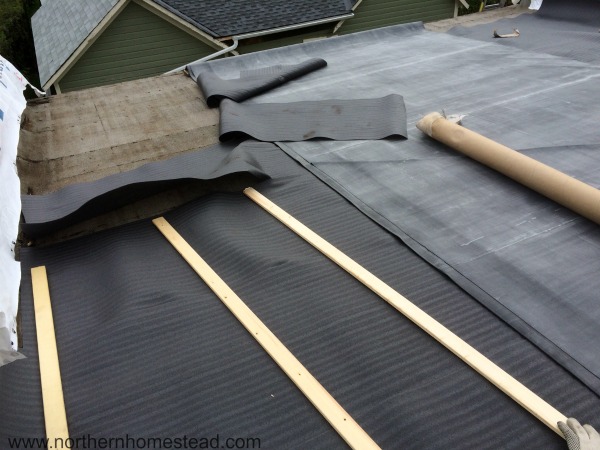
The pond liner was triple folded. I started on one side making sure there is plenty to go all the way over the parapet. Then I unfolded the liner to cover the whole roof. When covering a flat roof you want to make sure there is no overlap where moisture can wick under.
Securing the pond liner

The garage roof has a parapet on three sides, so I lined the whole parapet and secured the liner end with the cap. It looks good and assures that no moisture can come in anywhere.
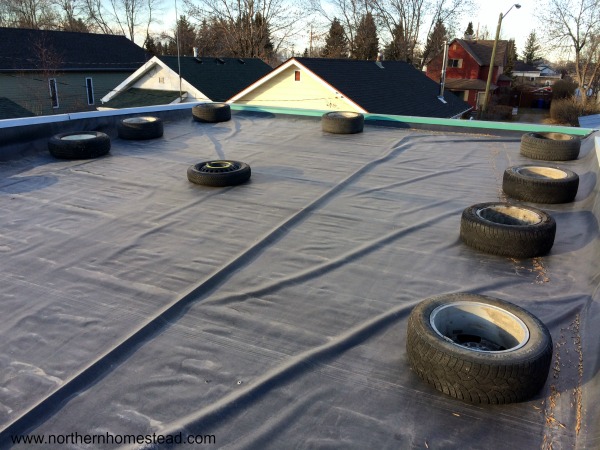
To prevent the liner from getting lifted by the wind, I simply placed old tires on top of the roof. A simple and free solution suggested by a neighbor.
The pond liner has been an inexpensive and effective DIY solution that I would surely recommend for flat buildings. Pond liners work great if you can cover the roof in one piece.
We invite you to subscribe to Northern Homestead and follow us on Facebook or Pinterest for the latest updates.




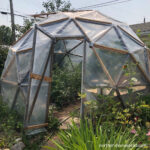
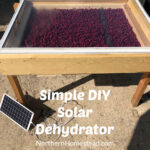

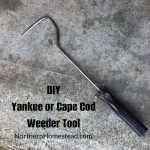
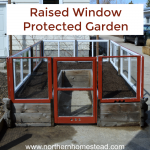





Now, the next step is to get rid of those tires and replace with some low grow pots! That’s a whole lot of growing space and I can see pumpkins, zucchini & cucumbers spreading out in the available sun!
The tires could be planters too. The challenge would be to water those planters. Since the roof is not totally flat, the water would run off. It has crossed our mind though.
Thank for sharing this valuable information!
Hi,
I found this through your youtube video of the lift (very good method by the way!)
Anyway, I wanted to ask if you recall the thickness of the liner? I’m looking at using pond liner for an outbuilding flat roof. EPDM membrane (1.2mm) intended for roofs is about £10 per square meter in the UK. A pond liner (0.75mm) is about a quarter of the price!! I’d be using some adhesive to stick it down, I’m just concerned that it’ll be too thin.
Any advice much appreciated.
We used EPDM .045” thick wich converts to 1.14 mm. Are you certain that the pond liner is also EPDM and not PVC?
Aweome and innovative creations here. I am glad I stumbled upon the link on yourubr while looking at the geodesic dome!
A the best to you all,
Wulfy
I used some left over pond liner for a temporary roof patch, and then started thinking about pond liner for an entire roof. It’s easy to work with and some are guaranteed against leaking for 40 years. I’m glad to see your use of it. Did you look into adhesives at all? Holding the liner down seems to be the biggest challenge, and I must say I’m not fond of the aesthetics of the tires.
How does it hold up to freezing temps, ice and snow loads, and full sun exposure? Any damage from hail or windblown debris? I’m looking forward to doing this with our barn roof and I need a trusted opinion on whether you would do this again for your roof?
After over 3 years we haven’t had any issues with this solution, and we would do it again for this low pitch roof. However, I don’t know how the pond liner would perform on a high pitch roof. I’d recommend you to consult a professional roofing company.
This idea worked perfectly for me. I was able to fix my roof cheap. I used pond liners that are 10′ x 20′ my roof is close to flat 1 to 1:12 pitch it drop 1/4 of a inch every 12 inches the roof is 24 ft wide it drops from the middle of the roof to the outer edge so for each side it has a 3 inch drop. I rolled out the linner starting on the outer edge with a 1/2 inch over hang. Then I rolled it back 1/2 way and rolled on a primer clue that is made for priming EPPD rubber then rolled it back down and did the other half. Then I did the other side the same way. Now I had to peices of linner glued to the roof each 10 foot wide with a open space of 4 feet in the middle of the roof. I rolled out a strip of linner down the middle of the roof and glued it down to the roof and overlapping the other strips of linner 3 feet on each side. It was five years before I saw the first leak. When I found it I washed off the entire roof and rolled on a coat of 100% silicone roof coating bright white. No primer needed. It has not leaked sense then. My house is over 100 years old and has the original tin roof witch was rusted all over and had hundreds of tiny pin size holes. The pond linner was a house saver for me because at the time we could not afford to replace all the tin roof. Now that I can afford it I no longer need to. I put down a quick coat of roof coating every 5 years.
Thank you for sharing your experience, it’s very valuable for anyone who wants to do it. Ours is a one peace, so we have not had any problems at all.
Good pond liner repair blog. For better results, I’d like to recommend Pond Pro, it’s the only liquid butyl rubber in the world. With its primer-free, one-coat system. It’s compatible on existing EPDM membranes, acrylics, fiberglass, concrete, reflecting fountains, concrete ponds, concrete pools, TPO, and concrete storage tanks. It’s the only pond sealer in the market that has more than 30 years of history of success and offers a 10-year warranty to its valued customers. Its reliability makes it the most trustworthy pond sealer on the market. Its coverage on a smooth surface is 40 sq. ft. per gallon. Any leftover material can be stored for up to 2 years. It’s available in both black and white colors and quarts and gallons.
Thank you for sharing. The pond liner we used is still going strong, so I would not call your suggestion a better option, jut another. Still great information.